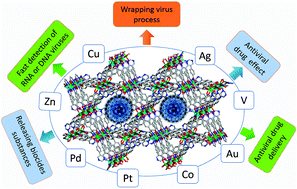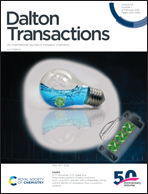The role of coordination compounds in virus research. Different approaches and trends
Abstract
This article aims to provide an overview of the studies focused on using coordination compounds as antiviral agents against different types of viruses. We present various strategies so far used to this end. This article is divided into two sections. The first collects the series of designed antiviral drugs based on coordination compounds. This approach has been developed for many years, starting from the 70s with the discovery of cis-platin (cis-DDP). It has been mainly focused on studying the synergistic effect of a wide variety of new compounds obtained by combining metal ions with organic antiviral ligands. Then, we collect various strategies analyzing the coordination compounds interacting with viruses using different processes such as wrapping viruses, rapid detection of RNA or DNA virus, or nanocarriers. These recent and novel insights help to study viruses from other points of view, allowing to measure their physical and chemical properties. We also highlight a section in which the issue of viruses from a disinfection viewpoint is addressed, using coordination compounds as a tool able to control the release of antiviral and biocide agents. This is an emerging and promising field but this approach is actually little developed. We finally provide a section with a general conclusion and perspectives.

- This article is part of the themed collection: 2021 Frontier and Perspective articles


 Please wait while we load your content...
Please wait while we load your content...